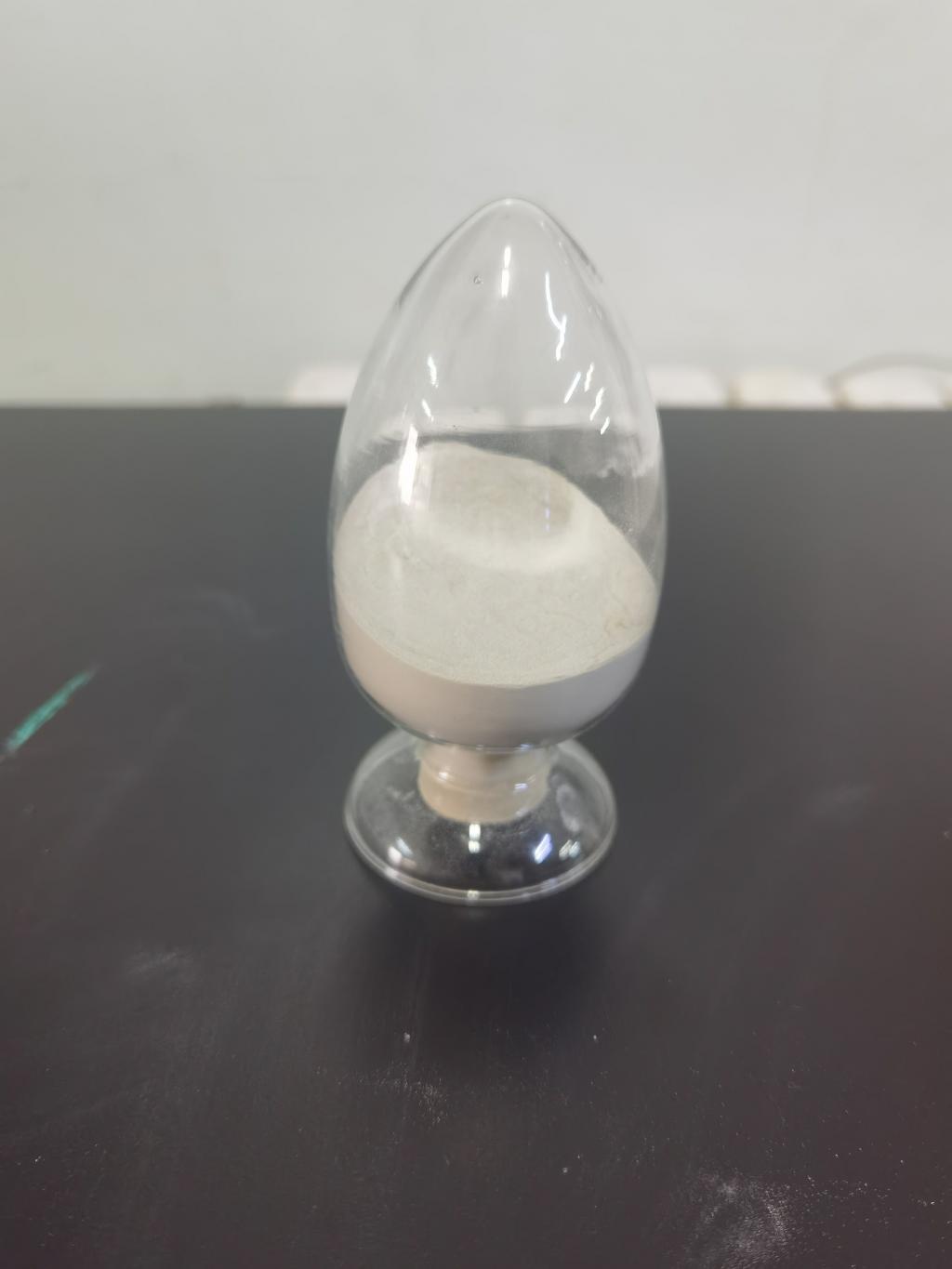Tel:+8618231198596

News
 CONTACT
CONTACT
 CONTACT
CONTACT
- Linkman:Linda Yao
- Tel: +8618231198596
- Email:linda.yao@dcpharma.cn
- Linkman:CHARLES.WANG
- Department:Overseas
- Tel: 0086 0311-85537378 0086 0311-85539701
News
Innovations in bio-preservation using Nisin.
TIME:2024-04-16
Innovations in Bio-Preservation:
Encapsulation Technology:
One of the key challenges in utilizing nisin for bio-preservation is ensuring its stability and controlled release in food matrices. Encapsulation technology offers a solution by encapsulating nisin within protective matrices, such as liposomes, nanoparticles, or biopolymer microspheres. This not only enhances the stability of nisin during storage but also enables controlled release, thereby optimizing its antimicrobial efficacy in food products. Encapsulated nisin has been successfully employed in a variety of applications, including dairy products, meats, and beverages, where it provides sustained antimicrobial activity while minimizing off-flavors or texture changes.
Combination Approaches:
Combining nisin with other natural antimicrobial agents or preservation techniques can synergistically enhance its efficacy against target microorganisms. For example, the combination of nisin with organic acids, such as lactic acid or acetic acid, has been shown to exert a greater inhibitory effect on bacterial growth than either compound alone. Similarly, incorporating nisin into edible coatings or films composed of chitosan or alginate can create a protective barrier against microbial contamination while prolonging the shelf life of fresh produce. These combination approaches not only broaden the spectrum of antimicrobial activity but also offer potential alternatives to synthetic preservatives or processing methods.
Genetic Engineering:
Advances in genetic engineering have facilitated the development of novel nisin variants with enhanced potency, stability, or specificity against target bacteria. By manipulating the genetic sequence of nisin-producing bacteria, researchers can engineer variants with improved antimicrobial activity or altered properties to suit specific applications. For instance, engineered nisin variants with increased heat resistance or broader spectrum activity may offer greater utility in heat-processed or multi-component food systems. Furthermore, genetic engineering enables the production of nisin analogs with modified structures or functionalities, opening new avenues for tailoring bio-preservation strategies to meet evolving industry needs.
Biofilm Inhibition:
Biofilms, complex microbial communities encased in a matrix of extracellular polymeric substances, pose a persistent challenge in food processing and preservation. Nisin has shown promise in inhibiting biofilm formation and disrupting pre-existing biofilms, thereby reducing the risk of microbial contamination and cross-contamination in food processing environments. Strategies involving the application of nisin-based sanitizers or coatings on food contact surfaces have demonstrated efficacy in preventing biofilm formation and improving hygiene standards in food production facilities. Additionally, the incorporation of nisin into packaging materials or food contact surfaces can provide a continuous antimicrobial barrier, further enhancing food safety and quality.
Benefits and Challenges of Nisin-based Bio-Preservation:
The adoption of nisin-based bio-preservation offers several benefits, including:
Enhanced Food Safety: Nisin effectively controls the growth of pathogenic bacteria and spoilage organisms, reducing the risk of foodborne illnesses and improving consumer confidence in food products.
Extended Shelf Life: By inhibiting microbial spoilage, nisin extends the shelf life of perishable foods, minimizing food waste and optimizing inventory management.
Natural and Sustainable: As a naturally occurring peptide, nisin aligns with consumer preferences for clean label ingredients and sustainable food production practices.
However, there are challenges associated with the widespread implementation of nisin-based bio-preservation, including:
Regulatory Compliance: Adherence to regulatory standards and maximum allowable levels of nisin in food products is essential to ensure consumer safety and regulatory compliance.
Cost and Scalability: The production and incorporation of nisin into food products may entail additional costs and require optimization of manufacturing processes to achieve scalability and cost-effectiveness.
Consumer Acceptance: Despite its safety and efficacy, consumer acceptance of nisin as a food preservative may vary due to perception or awareness of antimicrobial peptides in food products.
Future Directions and Implications:
Continued research and innovation in nisin-based bio-preservation hold immense promise for addressing current challenges and advancing food safety and sustainability goals. Future directions may include:
Tailored Applications: Customizing nisin-based bio-preservation strategies to suit specific food matrices, processing conditions, and microbial challenges.
Multifunctional Formulations: Developing multifunctional formulations that combine nisin with other bioactive compounds or functional ingredients to enhance food quality, nutritional value, and sensory attributes.
Consumer Education and Communication: Increasing awareness and understanding of nisin and its role in food preservation through consumer education initiatives and transparent communication strategies.
Conclusion:
In conclusion, innovations in bio-preservation using nisin represent a promising frontier in the quest for safer, more sustainable food systems. From encapsulation technology to genetic engineering and biofilm inhibition strategies, the versatility of nisin offers unparalleled opportunities to enhance food safety, extend shelf life, and meet evolving consumer preferences for natural, minimally processed foods. By embracing these innovations and fostering collaboration across the food industry, researchers, and regulatory agencies, we can harness the full potential of nisin to safeguard public health, reduce food waste, and pave the way for a more resilient and sustainable food future.
- Tel:+8618231198596
- Whatsapp:18231198596
- Chat With Skype







